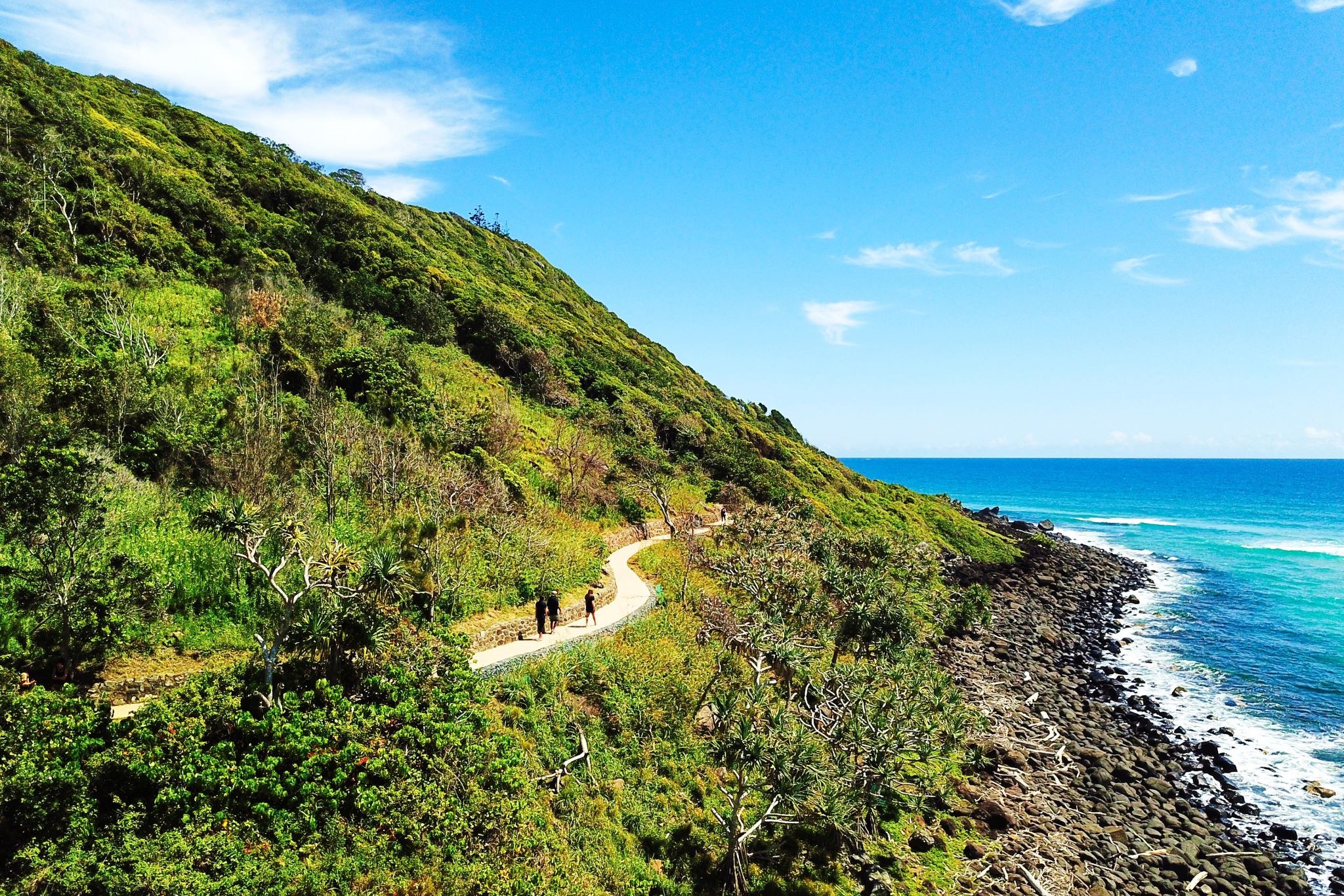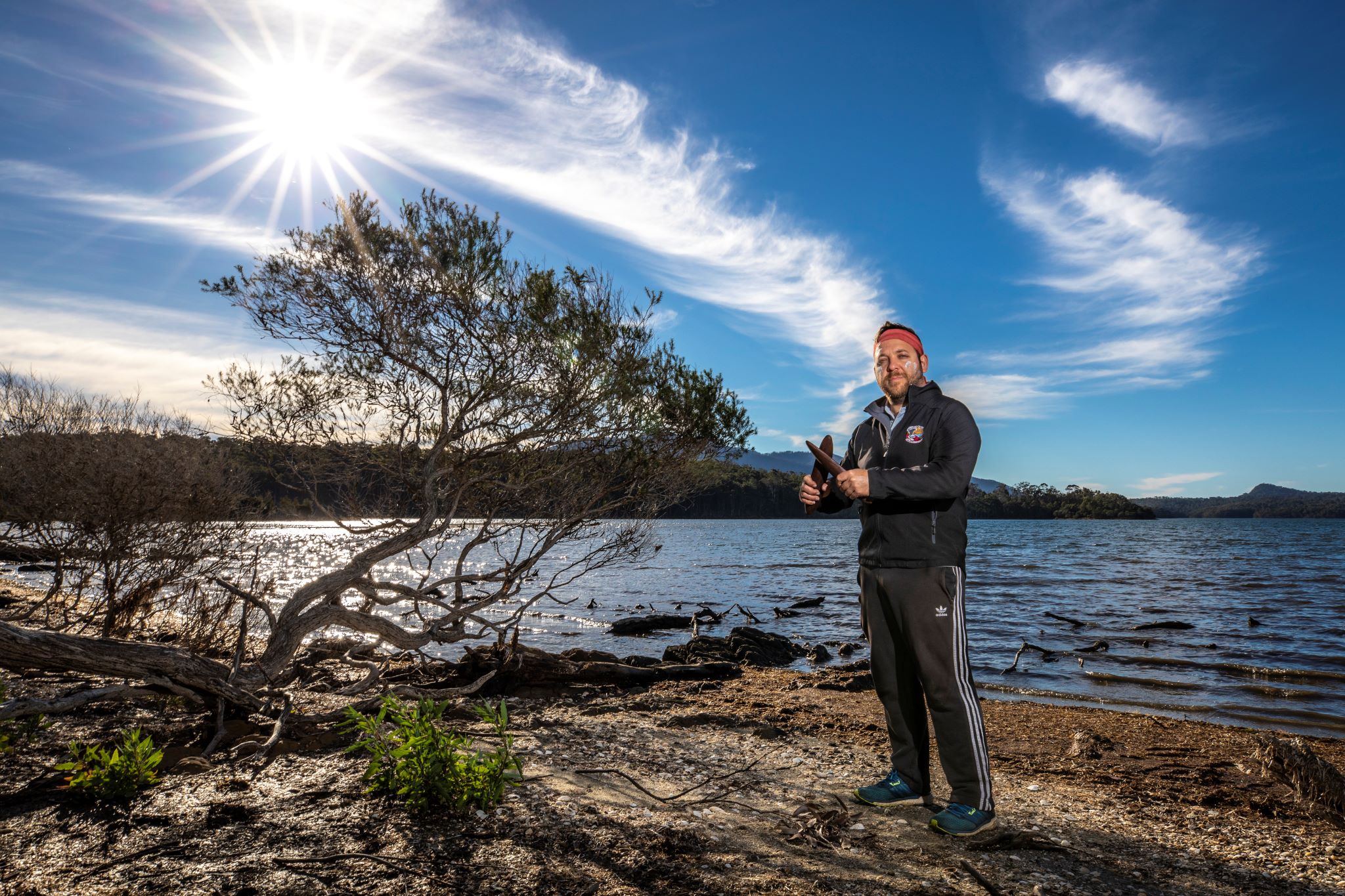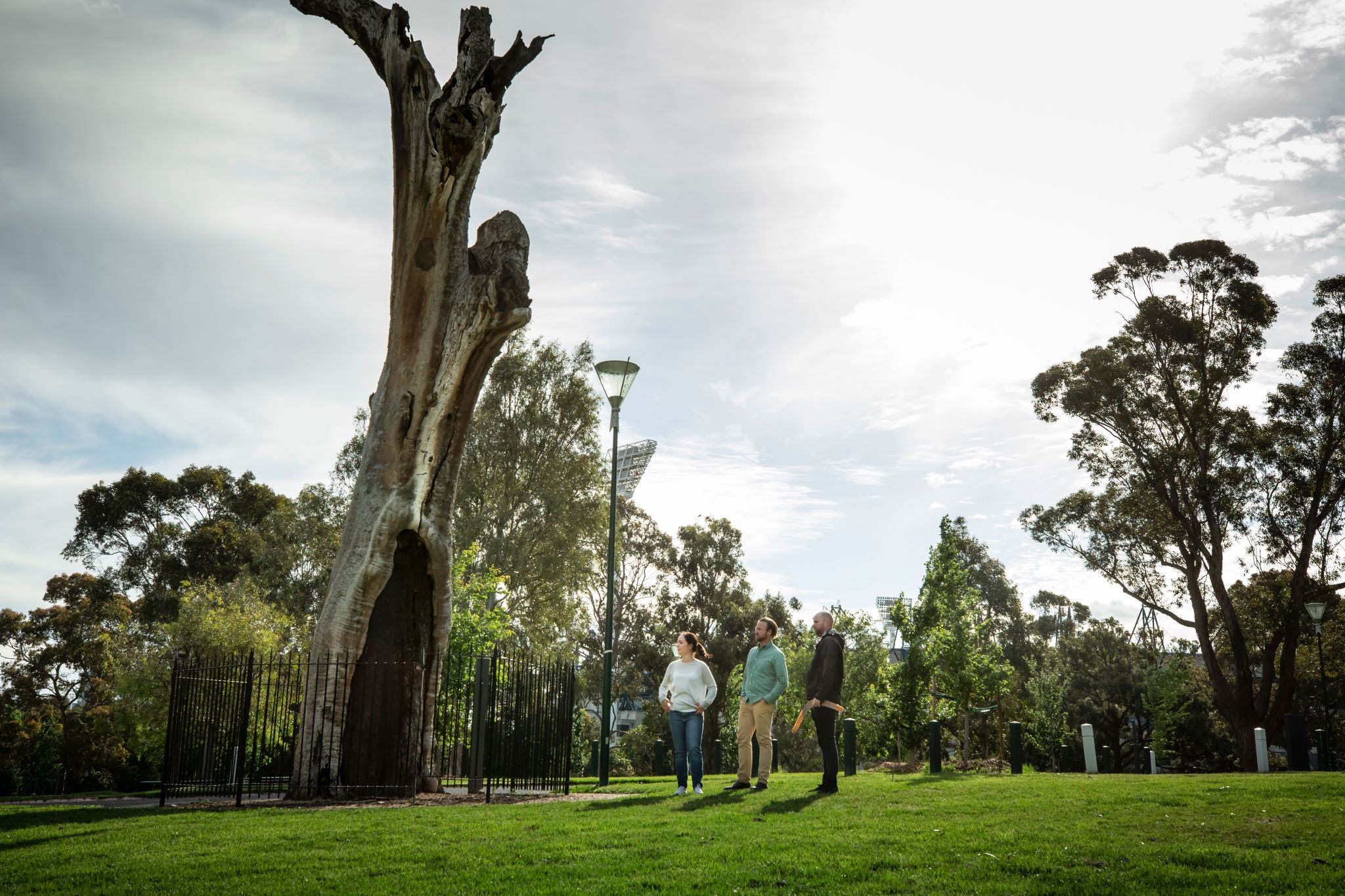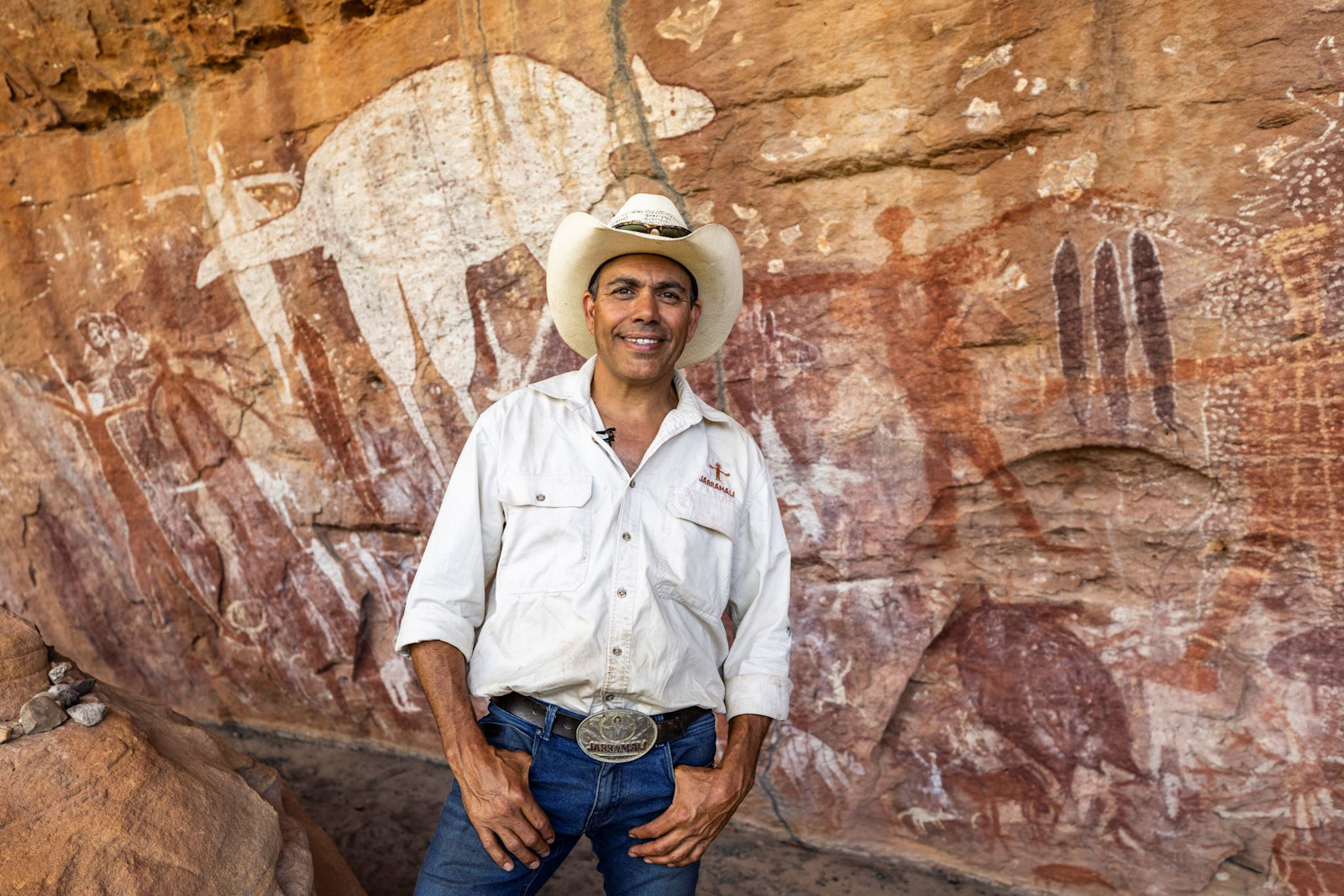What is a sacred Aboriginal site, and how can visitors be respectful there?
Uluṟu is Australia’s most famous sacred Aboriginal site, but the iconic Northern Territory monolith is just one of countless sites around the nation that are sacred to various Aboriginal peoples.

Uluru Kata Tjuta National Park, Voyages Indigenous Tourism Australia - Ayers Rock Resort, Northern Territory © Voyages Indigenous Tourism Australia, NT
What is a sacred Aboriginal site, and how can visitors be respectful there?
Uluru is Australia's most famous sacred Aboriginal site, but the iconic Northern Territory monolith is just one of countless sites around the nation that are sacred to various Aboriginal peoples.
What makes a site sacred to Aboriginal peoples?
Sacred sites are places within the Australian landscape that have a deep significance under Aboriginal tradition. These sites can be natural features including mountains and waterholes connected to Creation stories and Songlines, or sites traditionally used for birthing, Ceremony, and other culturally significant events. Man-made legacies of Aboriginal occupation such as scar trees, fish traps, middens, rock art, graveyards and even the sites of Aboriginal massacres can also be sacred sites.
Aboriginal Custodians have a cultural responsibility to manage sacred sites on their Country; keeping them safe and making sure they are used according to tradition.

Jellurgal Mountain, Burleigh Heads, Queensland © Tourism Australia
Where can I see sacred sites in Australia?
Sacred sites are found on the Country of every Aboriginal Nation.
On a Jellurgal Walkabout tour hosted by the Gold Coast’s Jellurgal Aboriginal Cultural Centre, you’ll discover that the forested headland in Burleigh Heads National Park, known to its Yugambeh Traditional Custodians as Jellurgal or Dreaming Mountain, is home to multiple sacred sites. Among them are rock formations linked to Creator being Jabreen, a 4,000-year-old midden and a historic fish trap hiding in plain sight.

Dwayne Bannon-Harrison, Ngaran Ngaran Culture Awareness, South Coast, New South Wales © Ngaran Ngaran Culture Awareness
Gain a new appreciation for the dramatic landscapes of the New South Wales South Coast through its sacred sites on the Yuin Retreat hosted by Ngaran Ngaran Culture Awareness. Keen hikers can seize the opportunity to ascend the sacred Gulaga mountain with an Aboriginal guide, safe in your guide’s knowledge of respectful protocols.
Sacred sites are also found in Australia’s capital cities. As you stroll alongside the Yarra River in Melbourne / Narrm on the Koorie Heritage Trust’s Birrarung Wilam (River Camp) Walk, your guide may tell you that the nearby Melbourne Cricket Ground was built on sacred ground to the Wurundjeri Woi Wurrung people of the Kulin Nation, who gathered there from regions across their shared language group. Nearby, in Yarra Park, a scar tree is a sacred reminder of their ancient legacy.

Koorie Heritage Trust, Melbourne / Narrm, Victoria © Tourism Australia
How can I be respectful at sacred sites?
Respectful conduct varies at sacred sites. On an Aboriginal tour, your guide may ask you to lower your voice or refrain from taking photos. Often there is signage to advise visitors, but it’s generally respectful to avoid touching, climbing or disturbing sacred sites, including swimming in sacred waterholes. Climbing Uluṟu, which is sacred to its Anangu Custodians, was officially banned in 2019; learn more about the significance of this historic decision on the SEIT – Patji experience hosted by the Uluṟu family on traditional Aboriginal lands.












